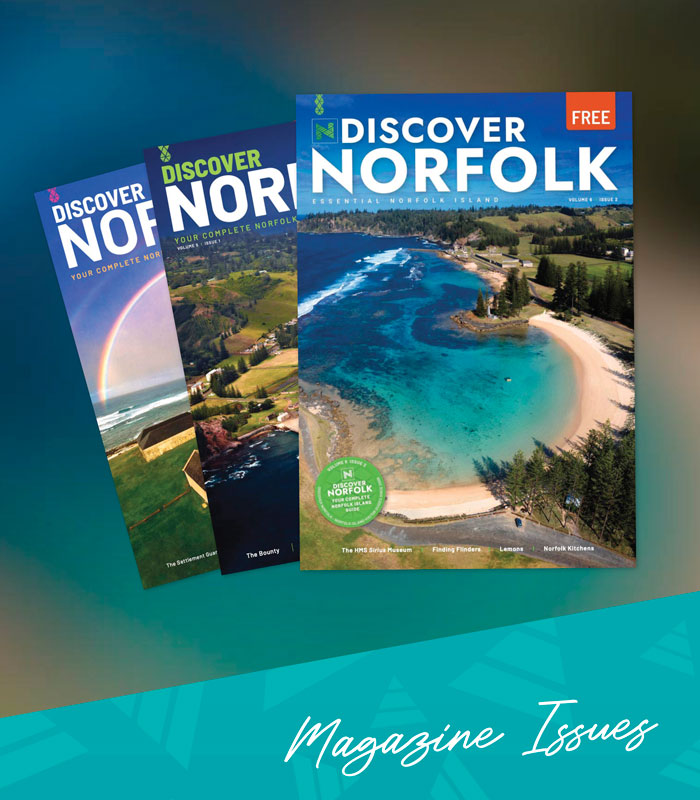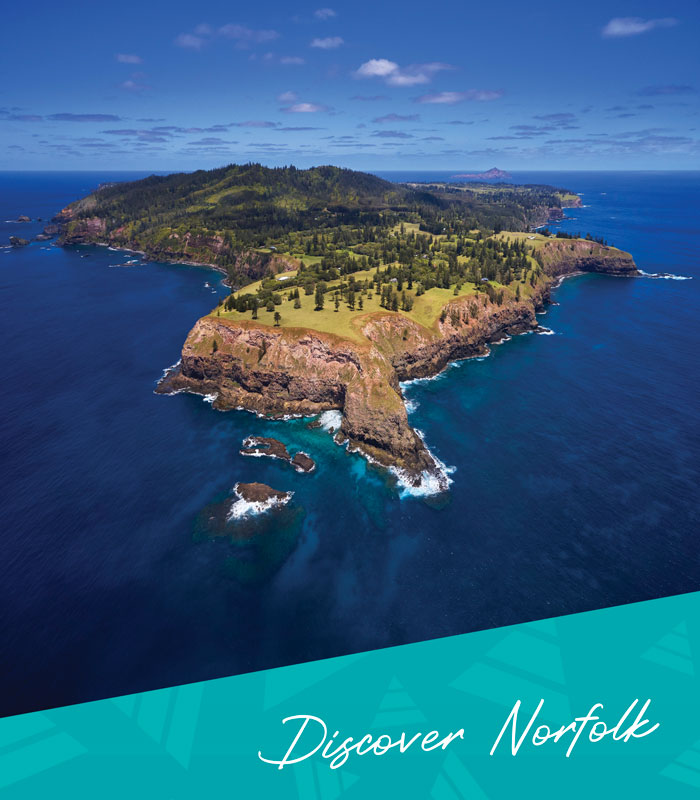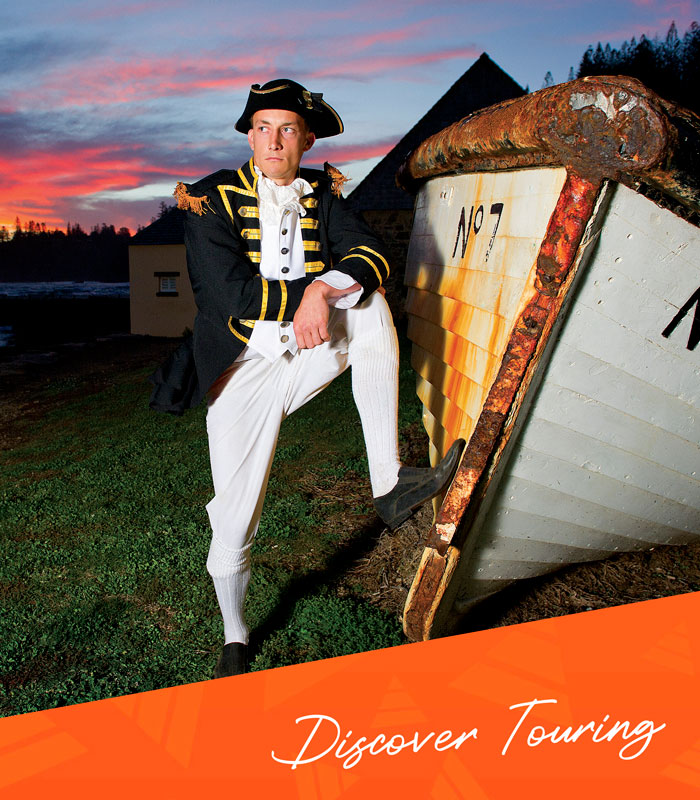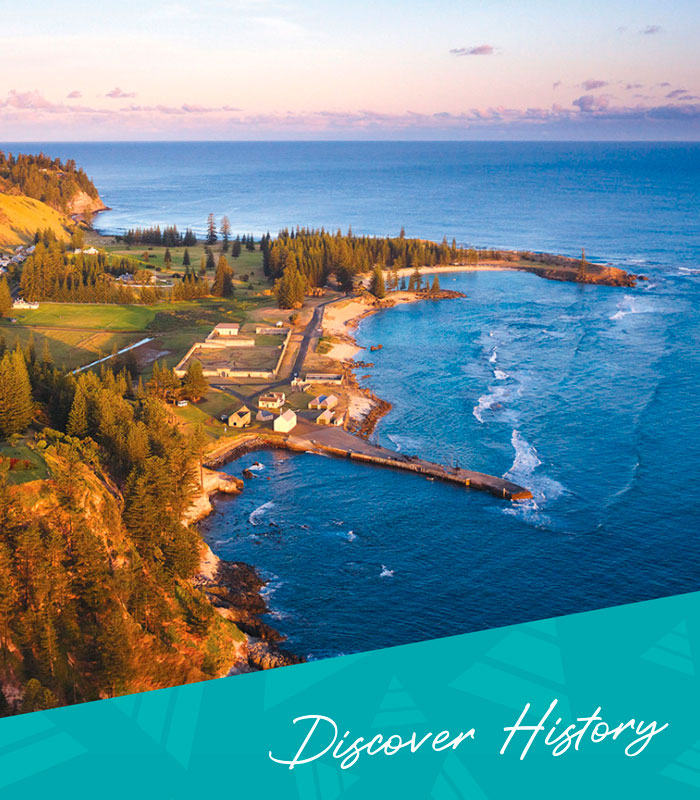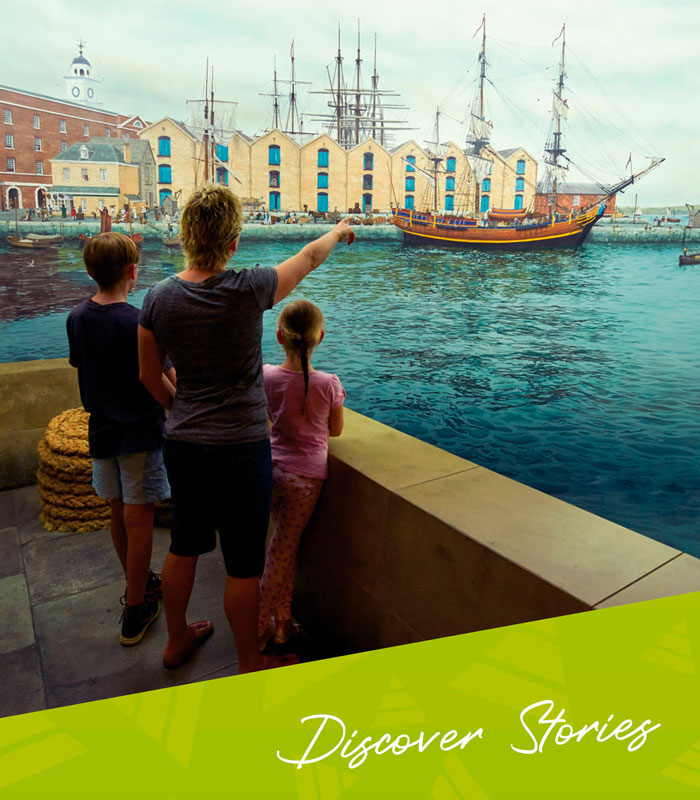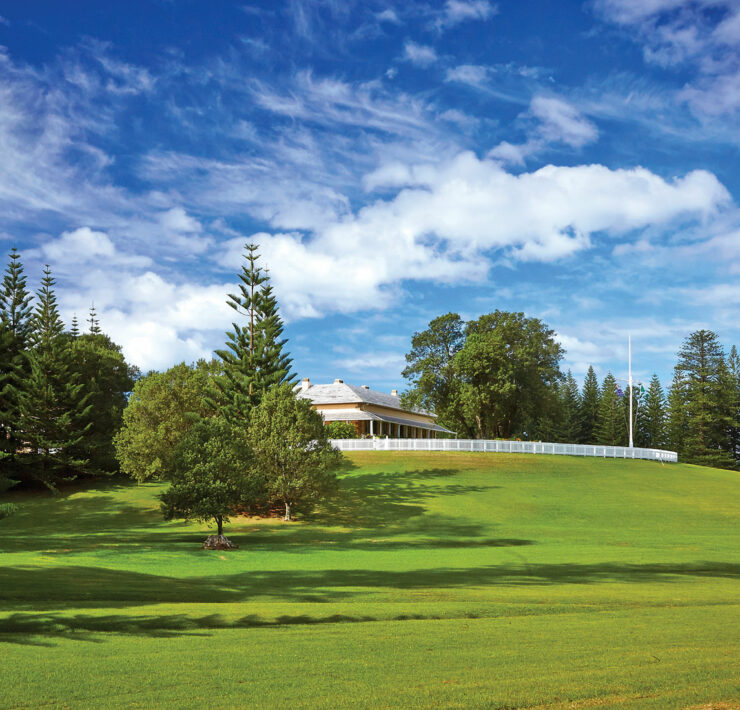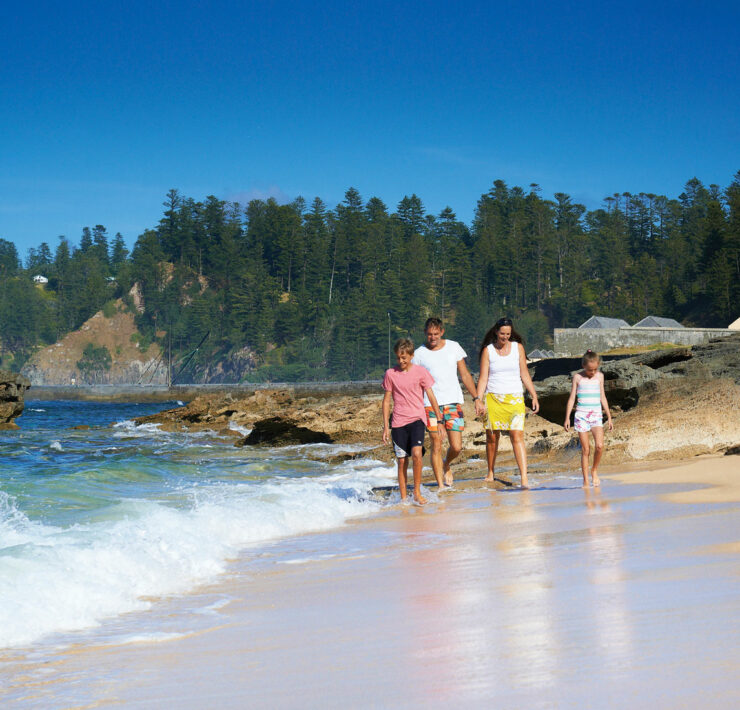Home » All Articles » Remains to be Seen: Recent finds from Kingston
Remains to be Seen: Recent finds from Kingston





Remains to be Seen: Recent finds from Kingston
Remains to be Seen: Recent finds from Kingston
Remains to be Seen: Recent finds from Kingston
Discover Norfolk Assisted Audio
The World Heritage listed Australian Convict site of Kingston and Arthur’s Vale (also more simply known as ‘Kingston’ or locally as ‘Daun’taun’) located on the southern side of Norfolk Island has an incredible history – one that comes to the surface in some surprising and unexpected ways…
The Well
Recent earthworks in the site to install a sewer network have yielded a vast array of interesting artefacts – buttons, ceramics, pipe stems, salad oil bottles, counterfeit whisky and perfume bottles, but perhaps one of the most unexpected and intriguing finds has been a well.
At present, there are at least 29 wells known throughout Kingston – 15 of which were filled between the late 19th and mid-20th century and are no longer visible on the surface. The 14 wells that can still be seen around Kingston vary in size, style, and date of construction.
Located on the present-day Golf Course, near Government House, this particular well appears to have been buried for generations beneath a relatively thin layer of topsoil, sand and rubble. The well is approximately 4 metres from surface to base and 1.2 metres in diameter, made from rubble calcarenite limestone.
The well’s construction is unique in Kingston. All the other known wells have a ring of cut calcarenite stone from the surface to approximately 1.5 metres underground, and below that the wells are solid earth and clay. But this well is dry-stacked – that is, no mortar was used to bond the stones to one another. Because of this dry-stacked construction, it appears to be a seepage well, which means that the well doesn’t access water by striking an underground water table, but rather by allowing water to seep in through the stones forming the well.
The well’s location came as an absolute surprise – we have been unable to find a single piece of evidence about the existence of the well. Another surprise was what had been used to fill it in – mostly pieces of animals! The majority of the well was filled with animal bones. These bones are mostly from domestic animals used for food purposes, such as cattle, pigs and sheep, but from preliminary analysis of teeth, we also know that there are parts of cats and dogs in there, too!
Besides the bone, a number of other artefacts were found, including short strands of hemp rope, nails, iron strapping, a shovel and a chisel, ceramics, glass, formed timber, large stone slabs, grindstones, glass buttons, and even parts of leather shoes.
Carefully excavated by site archaeologist Tom Sapienza, and Nick Parry and Renaldo Hisuler from the KAVHA works team, the finds are in the process of being catalogued and in the next few months some will go on display inside the Commissariat Store Museum, which showcases Norfolk Island’s Polynesian, Convict and Pitcairner heritage through archaeological remains.
A major challenge was working safely within the well, with water filling about the last 1.5 metres of it. Surface spotters, a safety harness rig for quick egress, and a constantly-running pump made it a safe worksite – and while not a pleasure to excavate, it was definitely fun!
Perhaps the most frequently asked question regarding the well is “What’s at the bottom?” The answer isn’t terribly exciting: just a clay base!
To preserve this new feature in Kingston, the top of the well has been expertly reconstructed using local stone, much of it coming from pieces retrieved from within the well. Next time you’re taking a stroll on Quality Row or out for a game of golf, be sure to check out this recent find – just watch out for flying golf balls!
The Whaler
The Cemetery located in Kingston is one of the oldest in Australia still in use today, and has been used as a burial place since the mid-1790s. Today some 190 headstones from the old (pre-1856) section can be seen today. The cemetery is unique in many ways – including as a burial place of executed convicts, the staff and family of the penal settlement, descendants of the Bounty mutineers from Pitcairn Island, and whalers.
As you explore this incredible site, you might stumble across a recently re-discovered headstone near the southeast corner of the cemetery. This headstone is that of Jose de Sousa of Pico Azores, of Portugal, who sailed on the New Bedford whaling ship Desdemona. De Sousa was the ship’s cooper, serving alongside Franklin Bates Jr and Pardon Snell – both of whom later married into the Norfolk Island community.
Old photographs of the area have been useful in determining changes over time – particularly with regard to headstones that were once visible but no longer are. While examining a photo from the early 1900s, cemetery sexton Shane Quintal spotted a headstone in an area now covered by drift sand. Under Shane’s direction, its exact location was determined with ground-penetrating radar and the base of the headstone excavated – however, the broken top of the headstone remained missing.
In late 2023, the top of the headstone was recovered and skilfully reset back onto its base by Nick Parry from the KAVHA team, and today de Sousa’s headstone is again complete and visible – perhaps for the first time in more than 120 years.
For more information on Kingston’s fascinating history and archaeology or an in-depth tour of the cemetery, visit the Norfolk Island Museums located within the World-Heritage listed Kingston and Arthur’s Vale Historic Area.
____
The Museum is open Monday to Saturday from 11am to 3pm. Tag-a-long Tour available every Tuesday/Thursday/Saturday for a guided tour (free with the Combined Museum Pass, available from all Museum venues, Visitor Information Centre, Pinetree Tours and Baunti Tours).
____
Image Credit: Robin Nisbet
____
Article content disclaimer: Article first published in Discover Norfolk, Volume 07 Issue 01, 2024. Please note that details of specific travel, accommodation and touring options may be outdated. References to people, places and businesses, including operating days and times may be have changed. References to Government structure and Government businesses/entities may no longer be applicable. Please check directly with businesses and/or Government websites directly rather than relying on any information contained in this article before you make travel arrangements.



